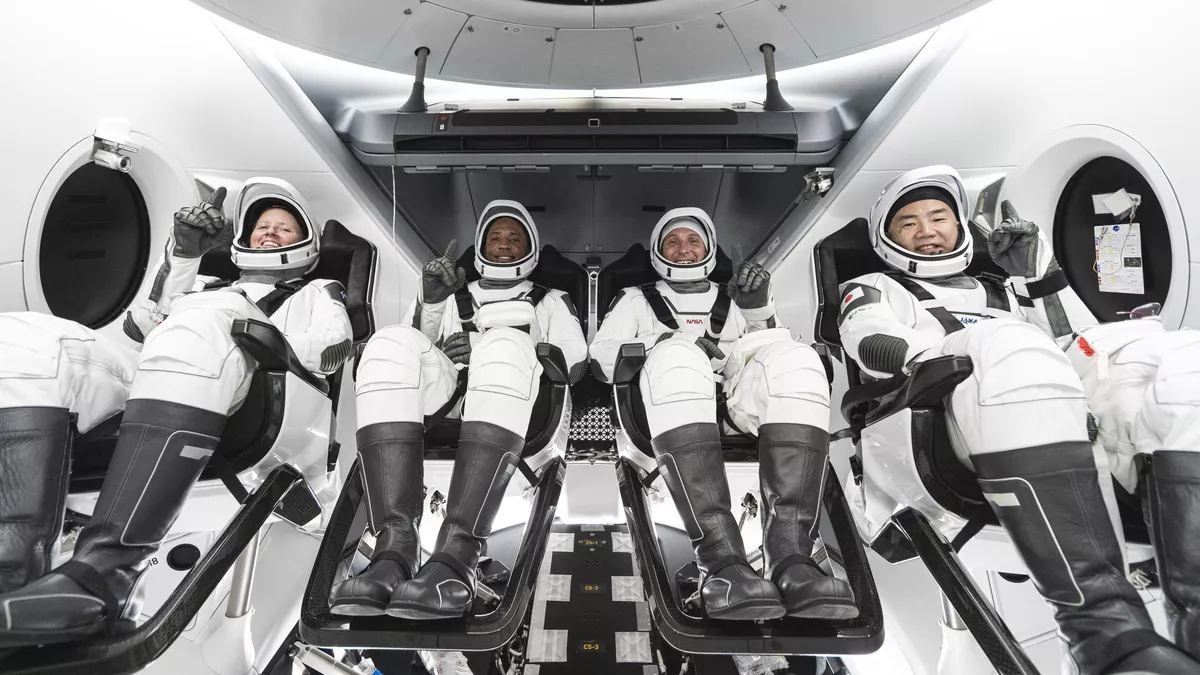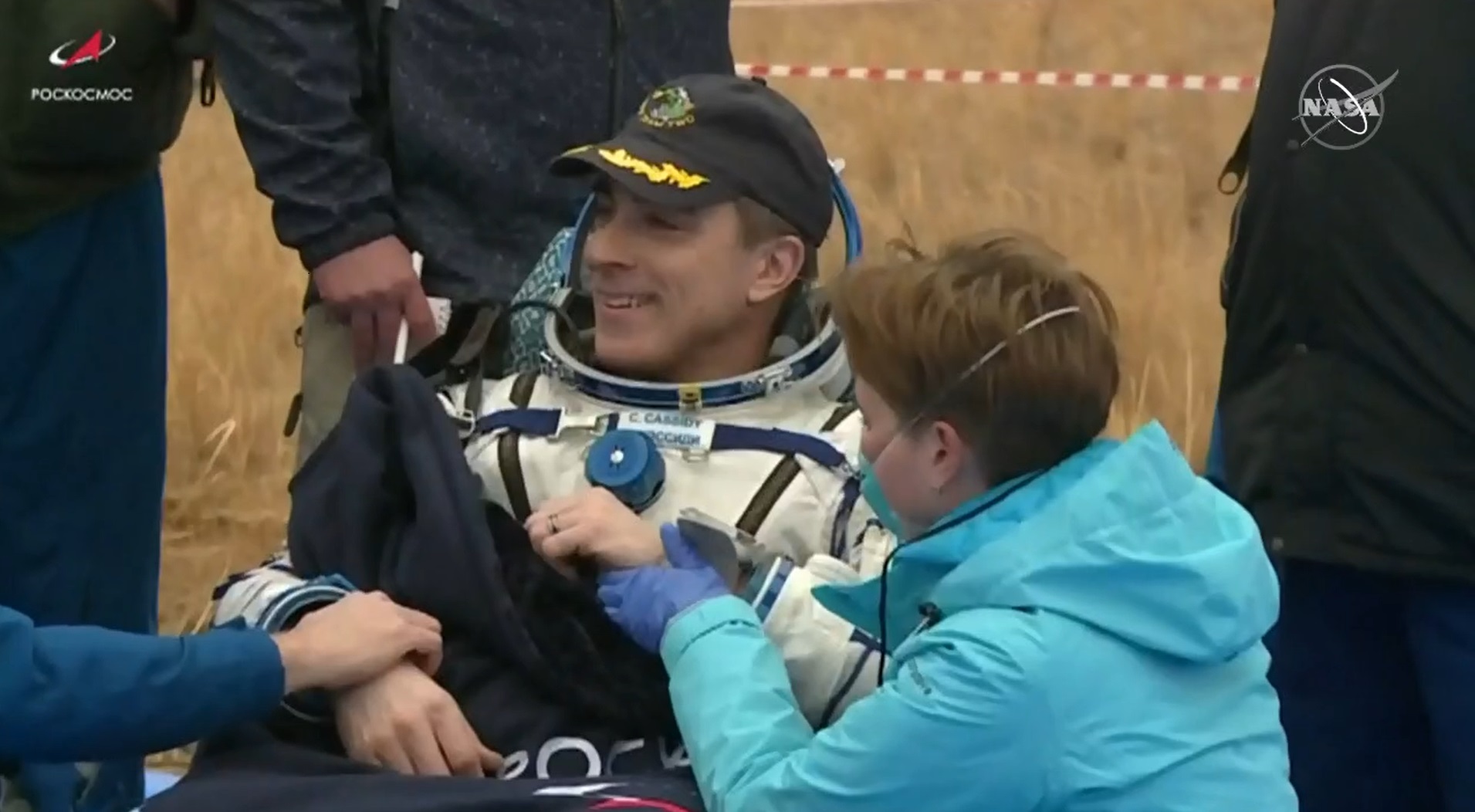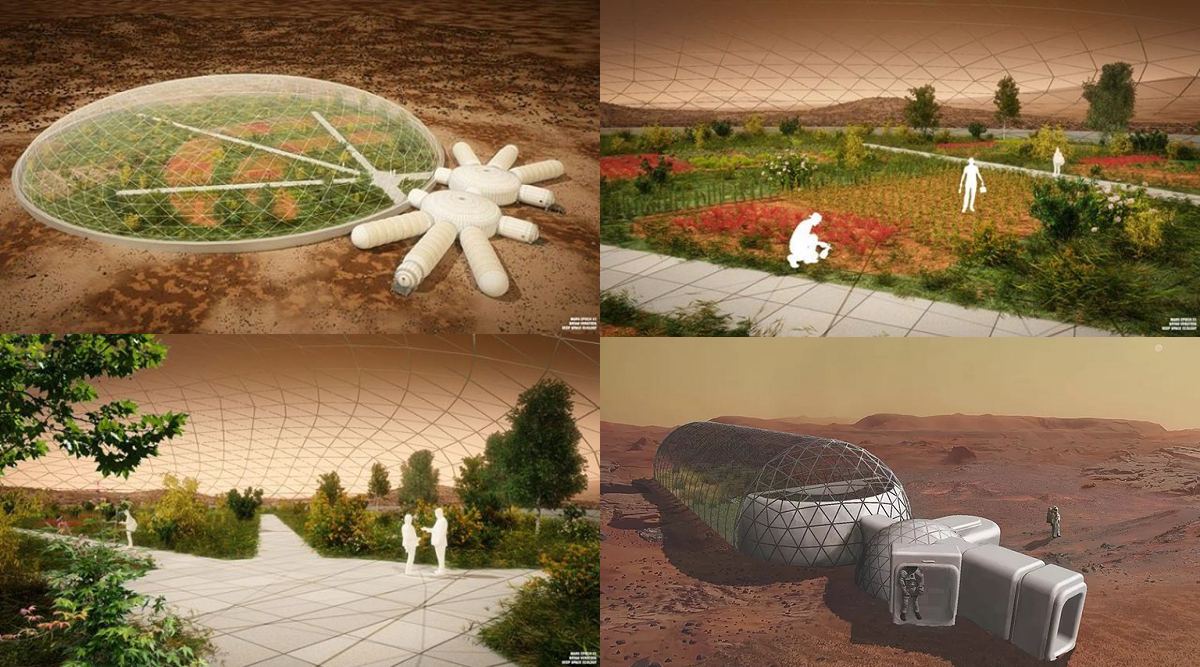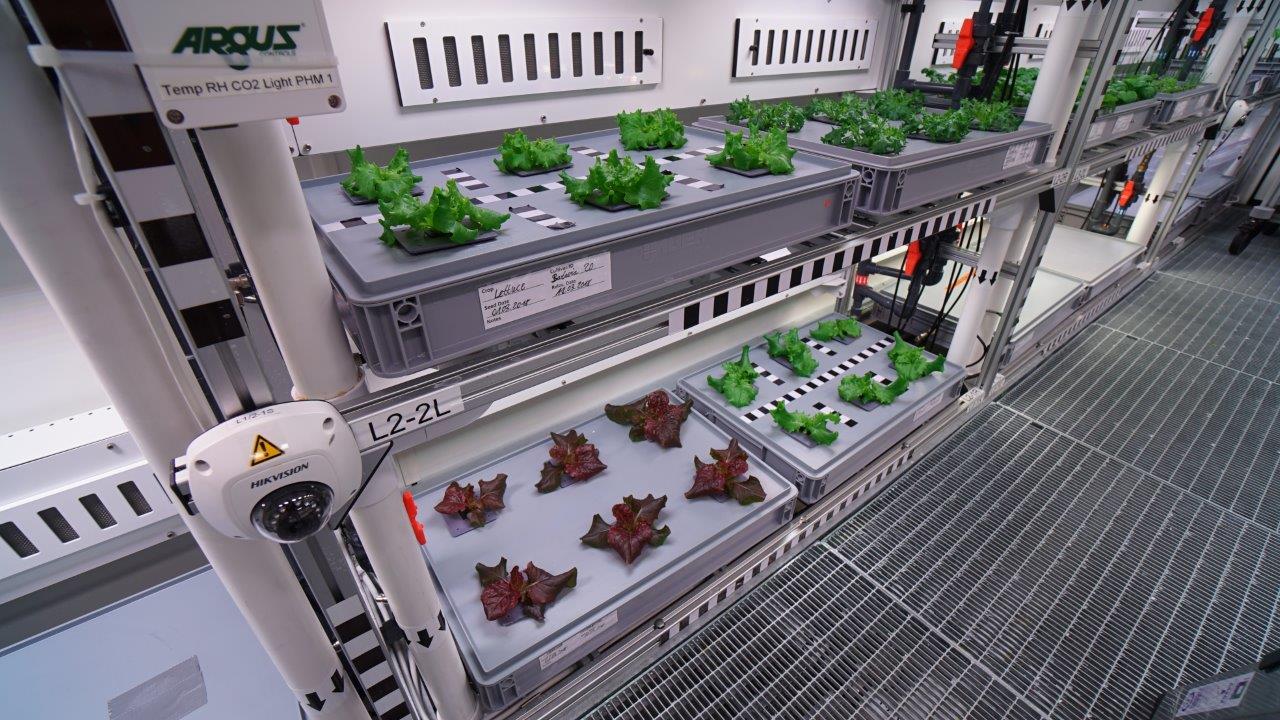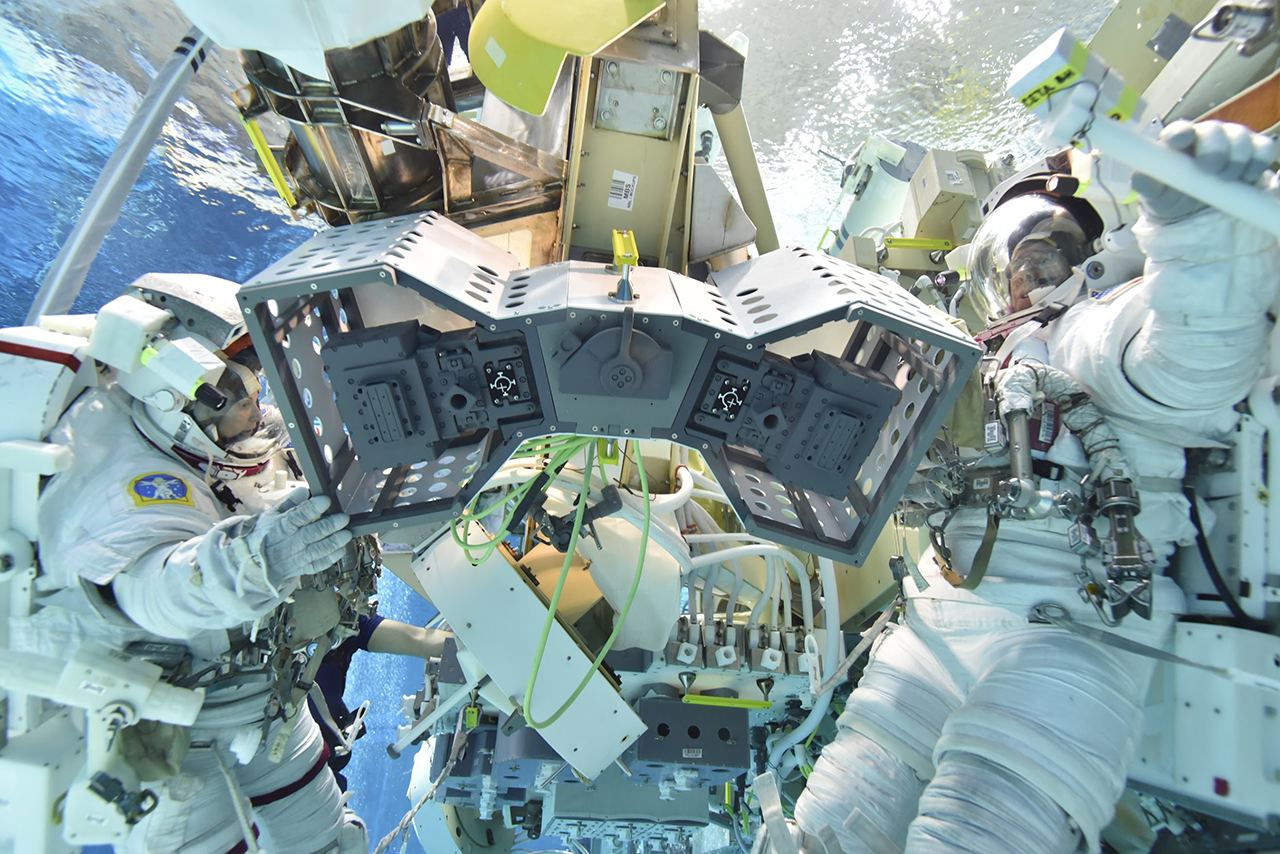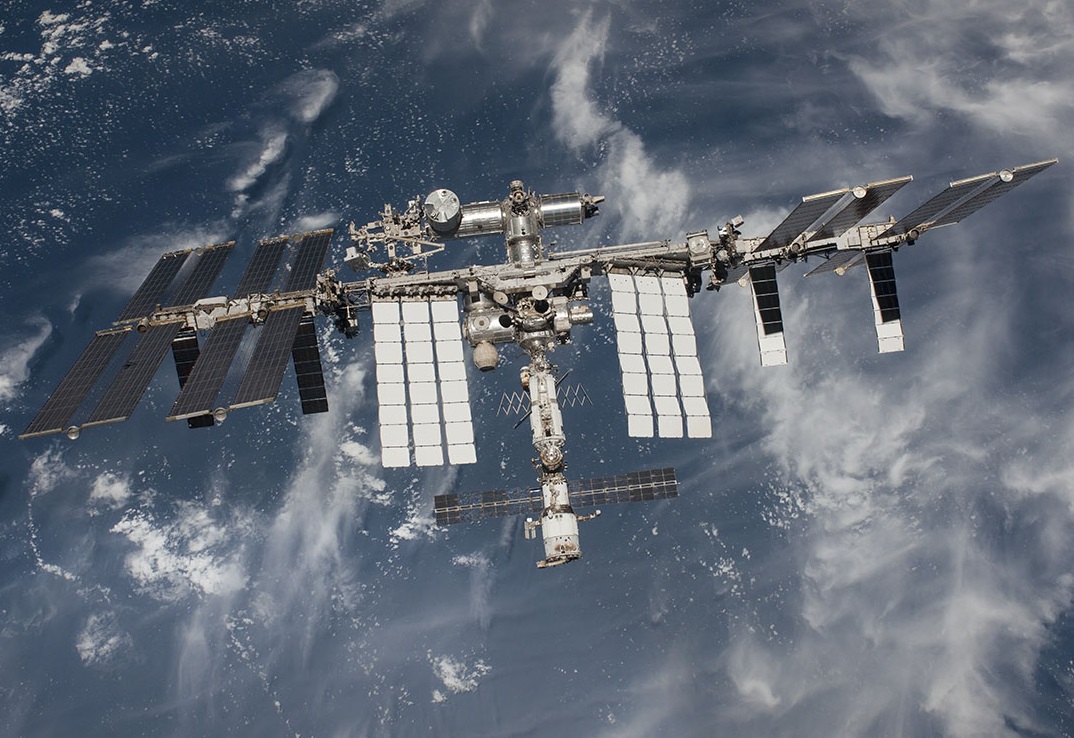Earlier this evening (Sunday, November 15th, 2020), NASA and SpaceX achieved another historical milestone. Six months after successfully sending astronauts Robert Behnken and Douglas Hurley to the ISS with the Demo-2 mission, the US demonstrated the restoration of domestic launch capability by sending the fully-crewed Crew Dragon spacecraft (Resilience) on an operational mission to the ISS.
Continue reading “SpaceX’s Resilience Spacecraft has Lifted Off and is Headed for the ISS!”ISS Crew Return Safely to Earth
On the evening of Wednesday, Oct. 21st, the crew of Expedition 63 finally returned to Earth after spending 196 days in space. It all began when NASA astronaut Chris Cassidy (commander) and Russian cosmonauts Ivan Vagner and Anatoly Ivanishin (both flight engineers) departed the International Space Station (ISS) aboard their Soyuz spacecraft at 07:32 PM EDT (04:32 PM PDT) and landed in Kazakhstan by 10:54 PM EDT (07:54 PM PDT).
Continue reading “ISS Crew Return Safely to Earth”What Martian Settlers Need to Know About Soil Can Teach us How to Grow Better on Earth
When human beings start living in space for extended periods of time they will need to be as self-sufficient as possible. The same holds true for settlements built on the Moon, on Mars, and other bodies in the Solar System. To avoid being entirely dependent on resupply missions from Earth (which is costly and time-consuming) the inhabitants will need to harvest resources locally – aka. In-Situ Resource Utilization (ISRU).
This means they’ll have to procure their own sources of water, building materials, and grow their own food. While the ISS has allowed for all kinds of experiments involving hydroponics in space, little has been done to see how soil fares in microgravity (or lower gravity). To address this, Morgan Irons – Chief Science Officer of the Virginia-based startup Deep Space Ecology (DSE) – recently sent her Soil Health in Space experiment to the ISS.
Continue reading “What Martian Settlers Need to Know About Soil Can Teach us How to Grow Better on Earth”The Air Leak on the International Space Station is Worse Than Previously Believed
On Tuesday, Sept. 29th, the Russian State Space Corporation (Roscosmos) announced that astronauts aboard the International Space Station (ISS) had found the source of a suspected leak. The crew of Expedition 63 – NASA astronaut and Commander Chris Cassidy and Russian cosmonauts Anatoly Ivanishin and Ivan Vagner – had been searching for this leak since August, and determined that it was “beyond expected levels.”
Roscosmos also said in a statement that “it was established that the spot is located in the Zvezda (star) service module, which contains scientific equipment.” They also emphasized that the leak “is not dangerous for the life and health of the ISS crew and does not prevent the ISS continuing manned flight.” Nevertheless, the amount of atmosphere lost may require additional oxygen to be pumped into the station.
Continue reading “The Air Leak on the International Space Station is Worse Than Previously Believed”Astronauts Come Back to Earth on August 2nd, Completing the Full Crew Dragon Test
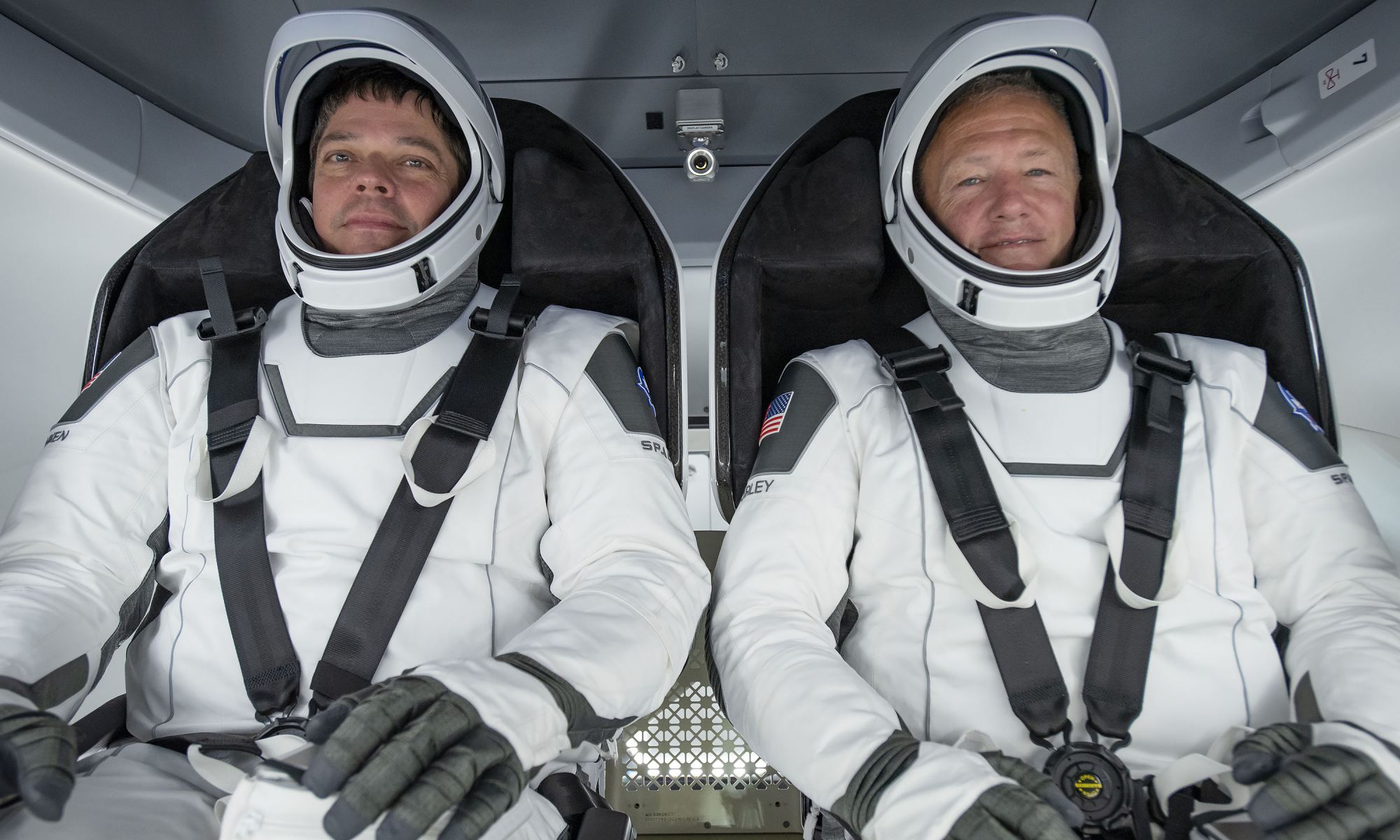
On May 30th, SpaceX and NASA made history when a Crew Dragon spacecraft carrying two astronauts (Robert Behnken and Douglas Hurley) launched atop a Falcon 9 rocket and rendezvoused with the International Space Station (ISS). With this one flight, NASA and SpaceX demonstrated that the US once again has domestic launch capability, something they have not enjoyed since the retirement of the Space Shuttle in 2011.
In one week, Sunday, August 2nd, Robert and Douglas will be returning to Earth using the same Crew Dragon spacecraft (named Endeavour) that took them to the ISS. This is the most crucial part of Demo-2 flight, where the spacecraft is tasked with bringing the astronauts home, safe and sound. As you can imagine, there are a lot of people who are understandably nervous, not the least of which is SpaceX founder Elon Musk.
Continue reading “Astronauts Come Back to Earth on August 2nd, Completing the Full Crew Dragon Test”Future Astronauts Could Enjoy Fresh Vegetables From an Autonomous Orbital Greenhouse
If humanity is going to become a spare-faring and interplanetary species, one of the most important things will be the ability of astronauts to see to their needs independently. Relying on regular shipments of supplies from Earth is not only inelegant; it’s also impractical and very expensive. For this reason, scientists are working to create technologies that would allow astronauts to provide for their own food, water, and breathable air.
To this end, a team of researchers from Tomsk Polytechnic University in central Russia – along with scientists from other universities and research institutes in the region – recently developed a prototype for an orbital greenhouse. Known as the Orbital Biological Automatic Module, this device allows plants to be grown and cultivated in space and could be heading to the International Space Station (ISS) in the coming years.
Continue reading “Future Astronauts Could Enjoy Fresh Vegetables From an Autonomous Orbital Greenhouse”Astronauts are Going to Attach a “Robot Hotel” to the Outside of the International Space Station
Robotic helpers are becoming an increasingly important element aboard the International Space Station. It is here where robots like the Robonaut, CIMON, FEDOR, Canadarm2, Dextre, and CIMON 2 (which is currently on its way to the ISS) were tested and validated for space operations. In recent years, the Robotic External Leak Locators (RELL) also proved their worth by conducting extra-vehicular activities (EVAs) and finding leaks.
Unfortunately, sending these robots out to do their tasks has been a long and complicated process. For this reason, NASA has created a new housing unit called the Robotic Tool Stowage (RiTS). Developed by the Satellite Servicing Projects Division at NASA’s Goddard Space Flight Center (with support from the Johnson Space Center), this “robot hotel” launched yesterday (Dec. 4th) and will soon be integrated with the station.
Continue reading “Astronauts are Going to Attach a “Robot Hotel” to the Outside of the International Space Station”Cancer Seems to Have Trouble Spreading in Microgravity
There are a number of health risks that come with going to space. Aside from the increased exposure to solar radiation and cosmic rays, there are the notable effects that microgravity can have on human physiology. As Scott Kelly can attest, these go beyond muscle and bone degeneration and include diminished organ function, eyesight, and even changes at the genetic level.
Interestingly enough, there are also a number of potential medical benefits to microgravity. Since 2014, Dr. Joshua Choi, a senior lecturer in biomedical engineering at the University of Technology Sydney, has been investigating how microgravity affects medicine and cells in the human body. Early next year, he and his research team will be traveling to the ISS to test a new method for treating cancer that relies on microgravity.
Continue reading “Cancer Seems to Have Trouble Spreading in Microgravity”Mice That Spend a Month in Space Were Able to Reproduce Once They Got Back to Earth
A team of Japanese researchers have used sperm from mice that spent time aboard the International Space Station (ISS) to fertilize female mice back on Earth. While previous research has shown that freeze-dried mouse sperm stored in space can experience radiation damage, these results show that the sperm from live mice may not suffer the same damage.
Continue reading “Mice That Spend a Month in Space Were Able to Reproduce Once They Got Back to Earth”Upgraded ISS Now Has a 600 Megabit per Second Internet Connection
In the digital age, connectivity and bandwidth are important, even if you’re in Low Earth Orbit (LEO). And when you’re performing research and experiments that could help pave the way for future missions to the Moon, to Mars, and other deep-space destinations, it’s especially important. Hence why NASA recently upgraded the ISS’ connection, effectively doubling the rate at which it can send and receive data.
Continue reading “Upgraded ISS Now Has a 600 Megabit per Second Internet Connection”
